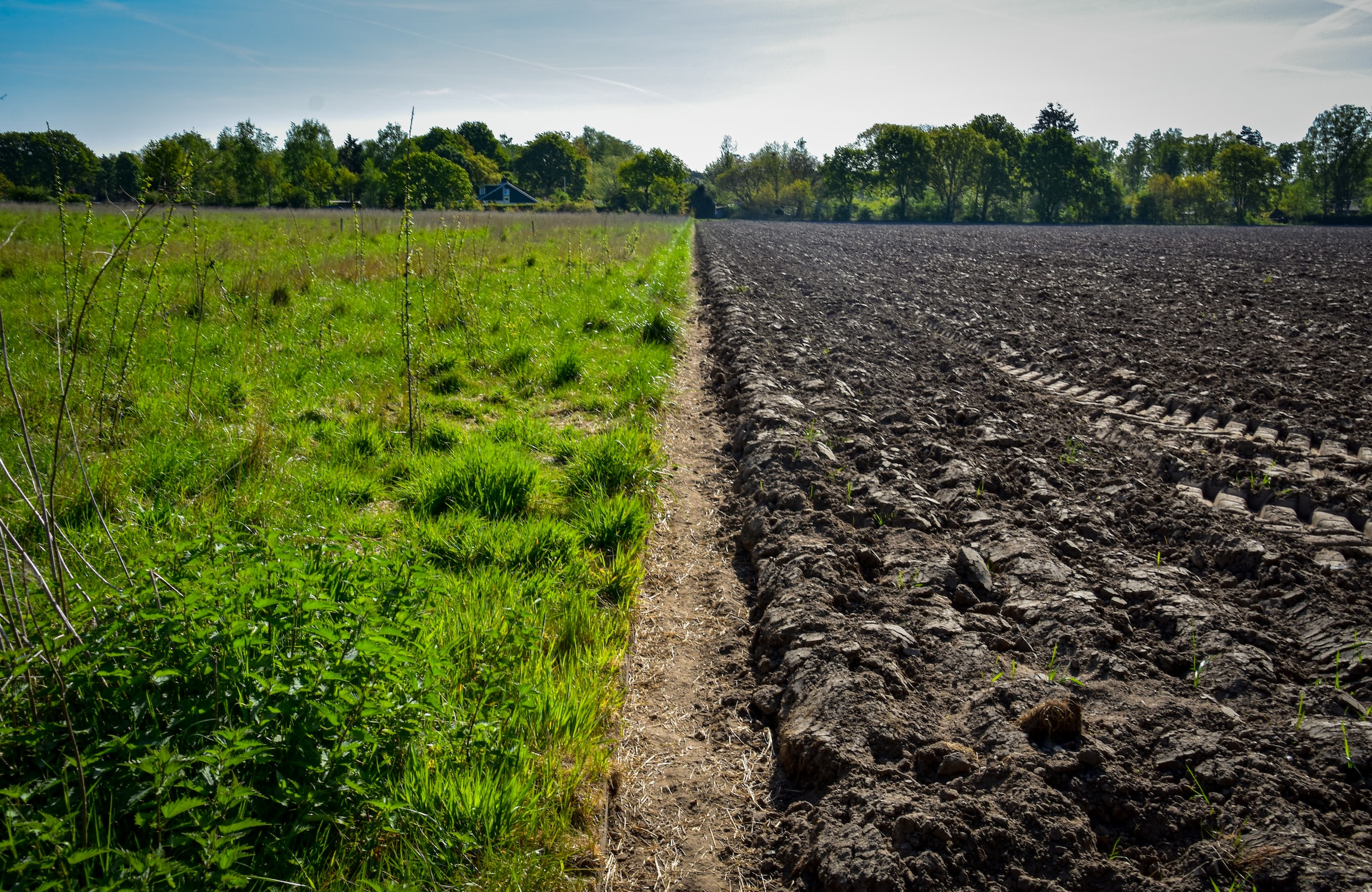


#Gardening and Agriculture #Permaculture #Regenerative Agriculture
Doug Fogelson
Solutions to some of the massive shifts happening on our shared planet include practical and hopeful movements currently underway that can extend the longevity of ecosystems (and therefore the communities depending on them).
Permaculture is an integrated natural approach to agriculture, preservation of wild spaces, designing resilient communities, and other management issues that are derived from “whole-systems thinking.” It consists of three ethics: Care of the Earth, Care of the People, and Setting Limits to Population and Consumption. Permaculture is always specific to the local region and derives its solutions from the natural patterns found there, designing the human use of the environment in a system of zones and making it easier for nature to thrive in the process.
Sustainable solutions for the use of land and water, such as Restorative Agriculture, grazing, composting, and forestry, follow nature’s lead for a more harmonious approach to human survival. There is a marked difference in farming that employs the principles of permaculture including restorative agriculture compared to those that use fertilizers or pesticides (that run off into the water sources).
Regenerative/Restorative agriculture focuses on the long-term health of the soil over the short-term yield of the crops, building biodiversity, and using a rotating or moving system to graze livestock in a beneficial way for both land and animals. The same principles can be applied to bodies of water as well, such as regenerating marine habitats that are beneficial for kelp, micro-algae, and fish species.
According to the Rodale institute, a worldwide transition to regenerative agriculture could sequester more than 100% of the CO2 currently emitted by people.